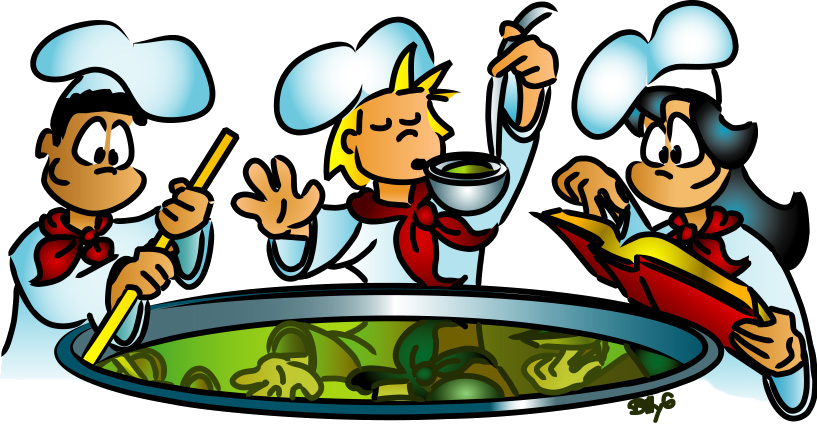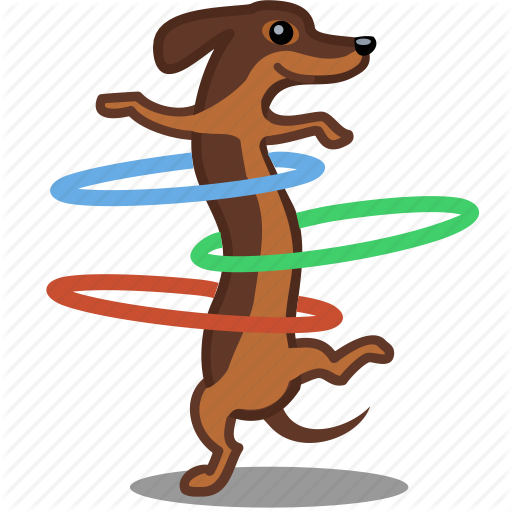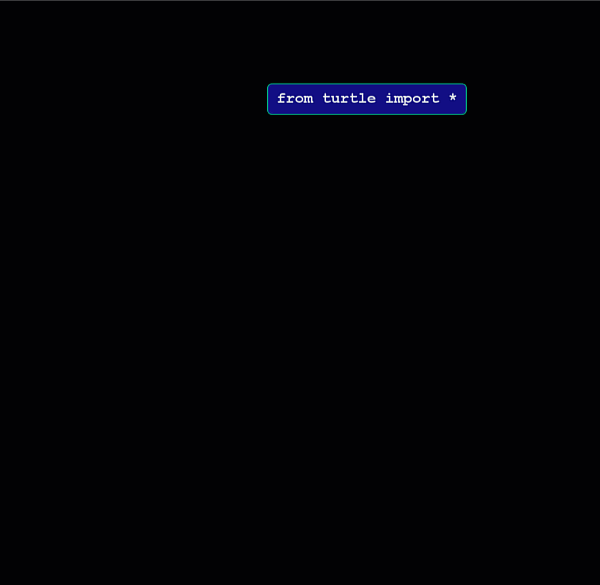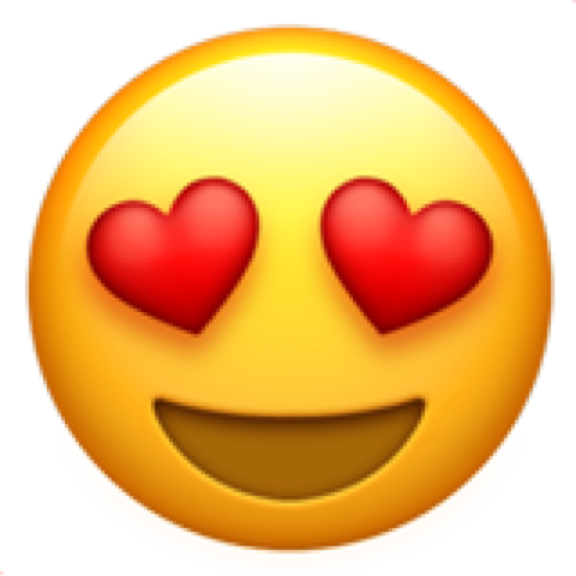
1.1. Why learn Coding?¶
Here are some reasons that we think you should learn to code. (Click on the buttons to see more.)
Learn how to break big problems into smaller, more manageable ones. Hone your reasoning skills.
Test out new ideas quickly and cheaply. Easy experimentation leads to new discoveries.
“A computer is a bicycle for your mind” – Steve Jobs
A key to programming is learning from failed tests: Get an idea. Test it out. Think about how you might fix it. Then try again! This same recipe works for many overcoming many of life’s obstacles.

Code is now used to solve problems in almost all disciplines and sectors.

The sky is the limit when it comes to what you can do with code!
Q-1: List some of your reasons for wanting to learn to code.
1.2. What is Coding?¶
Listen to Mike’s rap about coding to learn his answers to:
What is code?
Where is code?
Who codes?
Why learn code?
After pressing play, stop the video and click on the gear icon in the bottom right of the video frame. Then click Playback Speed. Finally, click a speed (number) less than 1. (The smaller the number, the slower the video plays.)
Think for a minute about what each of the following means in a dicussion of computing. Then click on the buttons to compare our definitions with yours:
Computer program: A list of instructions that is written in a language a computer can interpret to perform some task.
So a computer program is just another name for code.
“I wrote a computer program that plays my favorite card game.”
“She wrote code that calculates the minumum, maximum, and average temperatures recorded each month.”
Coding: In the process of creating code.
Programming: In the process of creating a computer program.
So programming is just another way of saying coding.
“I am coding a new mobile app.”
“I am programming a simulation of the known universe.”
Run [code]: Carry out the instructions in the code.
Execute [a program]: Carry out the instructions in the program.
So run the code is just another way of saying execute the program.
“To see what code does, just execute it.”
“The program crashed when I tried to run it.
(This last sentence is something you will eventually get used to!)
Programming language: The vocabulary and grammar rules for writing a program.
Coding language: The vocabulary and grammar rules for code.
So a programming language is just another way of saying a coding language.
“Once you learn one programming language, it is relatively easy to teach yourself others.”
“What is your favorite coding language to program in?”
Check your understanding.
A series of instructions that a computer can carry out to perform some task.
-
Yes, but not just any old instructions—the instructions must be written using the vocabulary and the grammar rules of a programming language.
A TV show
-
No, a program sometimes refers to a TV show, but not in computing; and code does not; and code certainly does not refer to a TV show.
A secret language that only some people understand
-
No, a program does not refer to a secret language; and although code sometimes refers to a secret language, in computing it generally means the same as a program.
A task that a computer can perform.
-
No — You run a program to perform a task, but the program is not the task that is to be completed.
Q-2: What do a program and code mean when used in computing? (Select the best description.)
To understand the distinctions between these terms, it can help to draw analogies with activities that you are already familiar with.

Cooking from a Recipe¶
-
Q-3: Match up the phrase on the left with the coding concept on the right
that it is most similar to, thereby illustrating an analogy between coding and
cooking.
- The rules for writing down recipes
- Programming language
- A recipe for a pepperoni pizza
- A program
- Cooking a Hawaiian pizza
- Executing the program
- Writing down the recipe for your favorite pizza
- Programming

Pet Tricks¶
-
Q-4: Match up the phrase on the left with the coding concept on the right
that it is most similar to, thereby illustrating an analogy between teaching
tricks to a pet and coding.
- The movements and words that make up the commands that your dog understands
- Coding language
- A series of commands that will make your dog play dead
- The code
- Commanding your dog to play dead
- Running the code
- Inventing a series of commands for your dog to get it to fetch a toy
- Coding
1.3. Python Turtle Graphics¶

Animation of a Turtle following a series of instructions¶
You’ll be learning coding using Python Turtle Graphics, a library of code that is written in the Python Programming Language.
To whet your appetite, here’s an example program in a Runestone active code widget.
Don’t worry about understanding this code just yet. But notice what it looks like — the code has odd-looking words, punctuation, numbers, and math-like symbols. They all mean something to the computer. So does the indentation. We’ll learn the rules for writing code like this in the weeks ahead.
The white area in the active code widget is an editor. You can scroll through the code if you place your cursor into editor. You can change the size of the editor by dragging the bottom-left corner up and down. You can also modify the code. But don’t do that just yet!
For now, just scroll the contents in the window and resize the editor so
the Run button is at the top of the window and you can see a
good four inches or more below the editor. (To scroll the window contents,
place your cursor outside the editor.)
Then click the Run button to see what running the code produces.
After pressing Run, you need to scroll down below the code editor to see
what the program draws.
To get practice running code and see what you can learn by doing so, perform the following experiments.
Experiment #1
Scroll down in the editor (white area containing the program) to line 39. Then change the
3in this line to4.Run the code again.
Notice the differences between the what the first program draws and what the modified program draws. (Use the slider at the top of the active code editor to go back and forth between the two programs and re-run them as needed. This slider keeps a history of all the code you execute so you can always go back to an earlier version if you make a mistake or just want to remember what it looks like.)
Experiment #2
Change the
4that you entered in line 39 to2and run the code another time.Notice the differences between the three versions of the program. (Again, you can use the slider to go back and re-run any of the versions that you’d like.)
Q-6: Based on these experiments, what do you think the computer uses the number in line 39 for?
Experiment #3
If the number in line 39 isn’t still
2, change it to be2In line 37, change the
0to-100. (This will make the instruction bep2 = [-100,100].)Run the program again.
Notice how this modification changes what the program draws.
Experiment #4
In line 37, change the
-100to150. (This will make the instruction bep2 = [150,100].)Run the program again.
Notice how this modification changes what the program draws.
Q-7: Based on these experiments, what do you think the computer uses the pair of numbers in line 37 for? (Suggestion: Use the slider above the editor and re-run the earlier versions of the code to remind yourself what each version does.)
Other Experiment suggestions:
Experiment with changing the pairs of numbers in lines 36 and 38.
Experiment with changing the names of the colors in lines 18 and 19.
Q-8: What did you learn from your additional experiments?
Isn’t it amazing how much you can learn about code just by playing around with it?
By the end of club, you will be able to design and code diagrams like this yourself! 